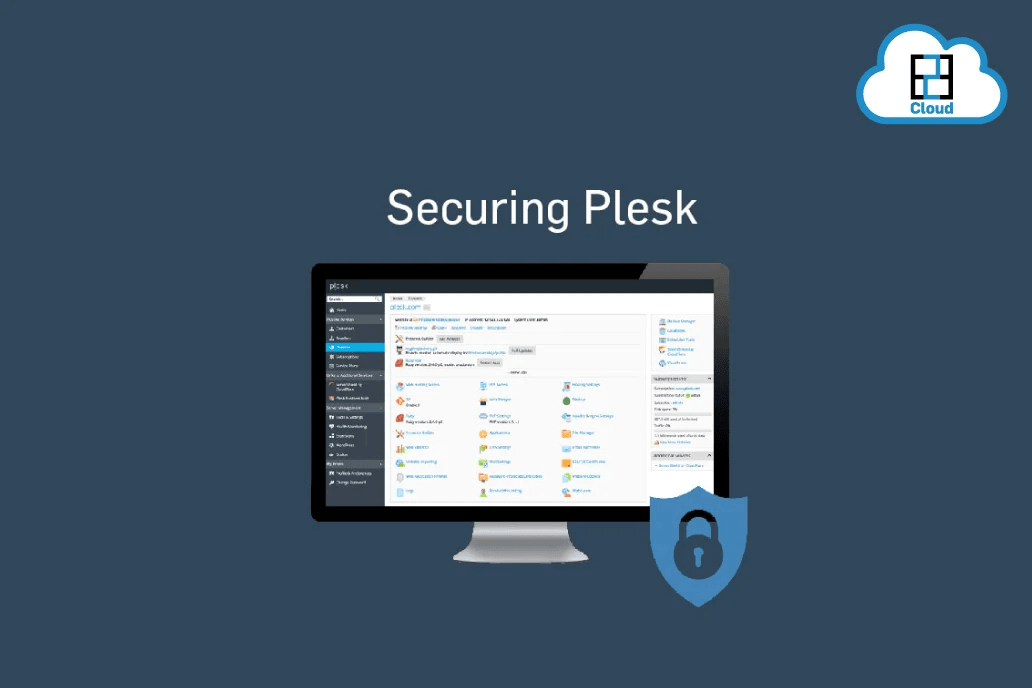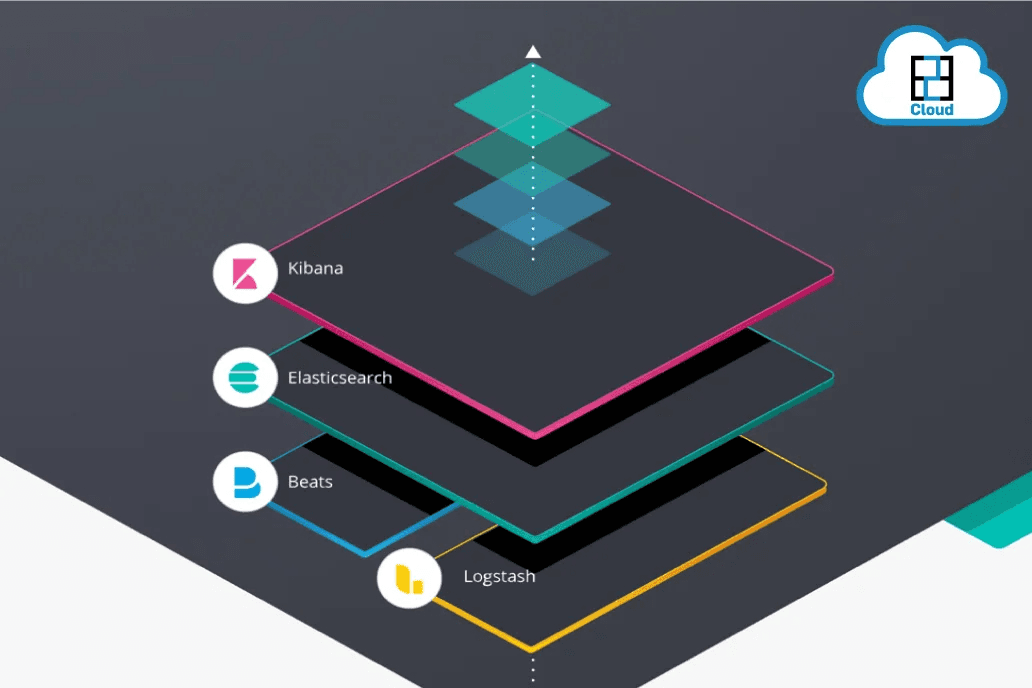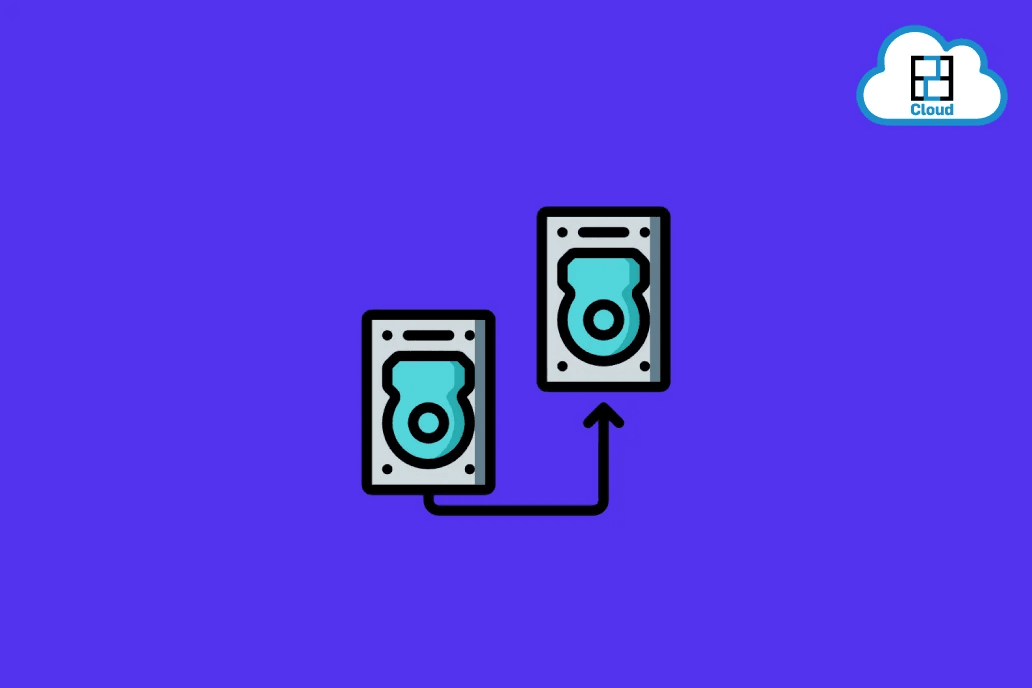When a new client signs up, it's not enough to leave them to figure out how to use your service on their own; you need a step-by-step procedure in place to ensure they've made the proper decision.
One of the most effective strategies to prevent churn is to welcome a new client into your organization and develop a positive connection. The method of flawless onboarding varies per industry, but the essence remains the same. Of course, you're following all legal requirements, but it won't persuade the buyer that you're the best option. You must also establish a connection with the consumer, learn about their specific demands (after they've joined up, they're no longer just a general profile or target group), and incorporate them into your current business process.
So, how would you go about establishing a successful customer onboarding procedure? This tutorial walks you through the fundamentals of client onboarding & why it's so important to your company's overall sales process. You'll additionally learn how and where to customize your procedure to meet your specific company requirements. Let's get started.
What Is Client Onboarding?
Simply described, it's the practice of formally greeting new clients to your company, similar to a formal meetup. It's all about getting to know your customer and their requirements better and then showing them how your company can meet those needs while also improving their bottom line throughout your partnership.
They're obtaining information about the products or services in accordance with you're collecting information about just the particular needs. This reciprocal flow of information lays the groundwork for a positive client encounter.
Need of a Defined Client Onboarding Process
Start by considering it from the standpoint of your new client. There are going to be nerves when starting a new business. They may be concerned about whether they made the proper decision by doing business with you.
It has several other benefits also which include:
Less Churn
The fact is that regardless of how successfully you pitched your company during the kick-off meeting, the true test of your services is if they provide value and assist the customer in achieving their objectives. Any less, and the likelihood of a client turnover increases.
That's why it's critical to get started right away and demonstrate value. Despite this, the only way to do so is to use the information you gathered during client onboarding. An orderly information flow is created by a well-defined onboarding procedure, which helps you to get things started much faster.
Set Expectations
You and your new customer are set to start a commercial partnership. It's only natural to set expectations and define limits at the start. This simply means that you, your customer, and any other stakeholders are all on the same page about what is expected of each side.
Establishing expectations might also help you prevent problems later on.
In any event, surpassing customer expectations ought to be your company's primary aim. The greatest method to develop a successful, strong partnership is to consistently satisfy customer demands and never fall behind on deliveries.
More Efficiency
Building a systematic client onboarding procedure will increase your company's efficiency. Yes, tailored client onboarding is wonderful, and there's only so much one can do with the timeframe you have.
So seize the opportunity and preserve your organized onboarding process as a template. Simply update the template to enroll new clients and get things going more quickly.
Improved Customer Experience
Having your professional relationship off to a good start increases confidence and trust, which leads to increased client success. Upsell possibilities and recommendations are two major benefits that come with a positive customer experience.
Proven Tips For Successful Client Onboarding
- Customise the onboarding process: You're ecstatic to have them aboard. By tailoring their onboarding experience, you can turn that enthusiasm into a positive first impression. Put a face to your business and focus on directly addressing the requirements of your customers.
- Balance the process's micro and macro components: The small details are crucial, such as the emails you send or the design you utilise. However, zooming out and looking at the new business connection from a macro perspective is also vital. Consider the lifetime value and retention of your customers. After all, retaining existing customers is far more cost-effective than acquiring new ones.
- The shift from one phase to the next is seamless: Don't put the customer through unnecessary hardship by implementing a haphazard onboarding approach.
- Use a client onboarding checklist to help you get started: A checklist can help you keep on track and identify any critical aspects of the onboarding process that you may have overlooked.
For a Free Trial: https://bit.ly/freetrialcloud









